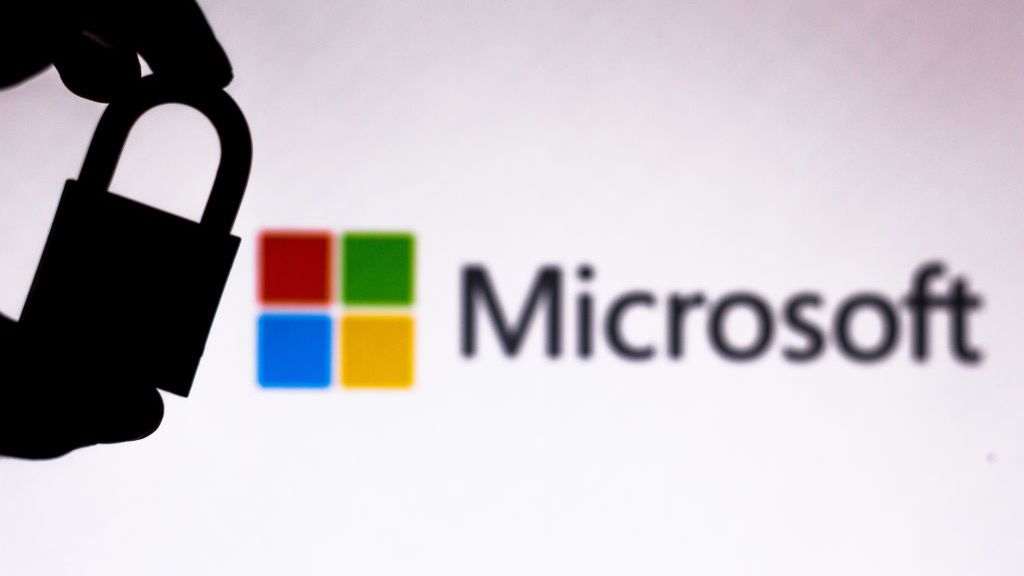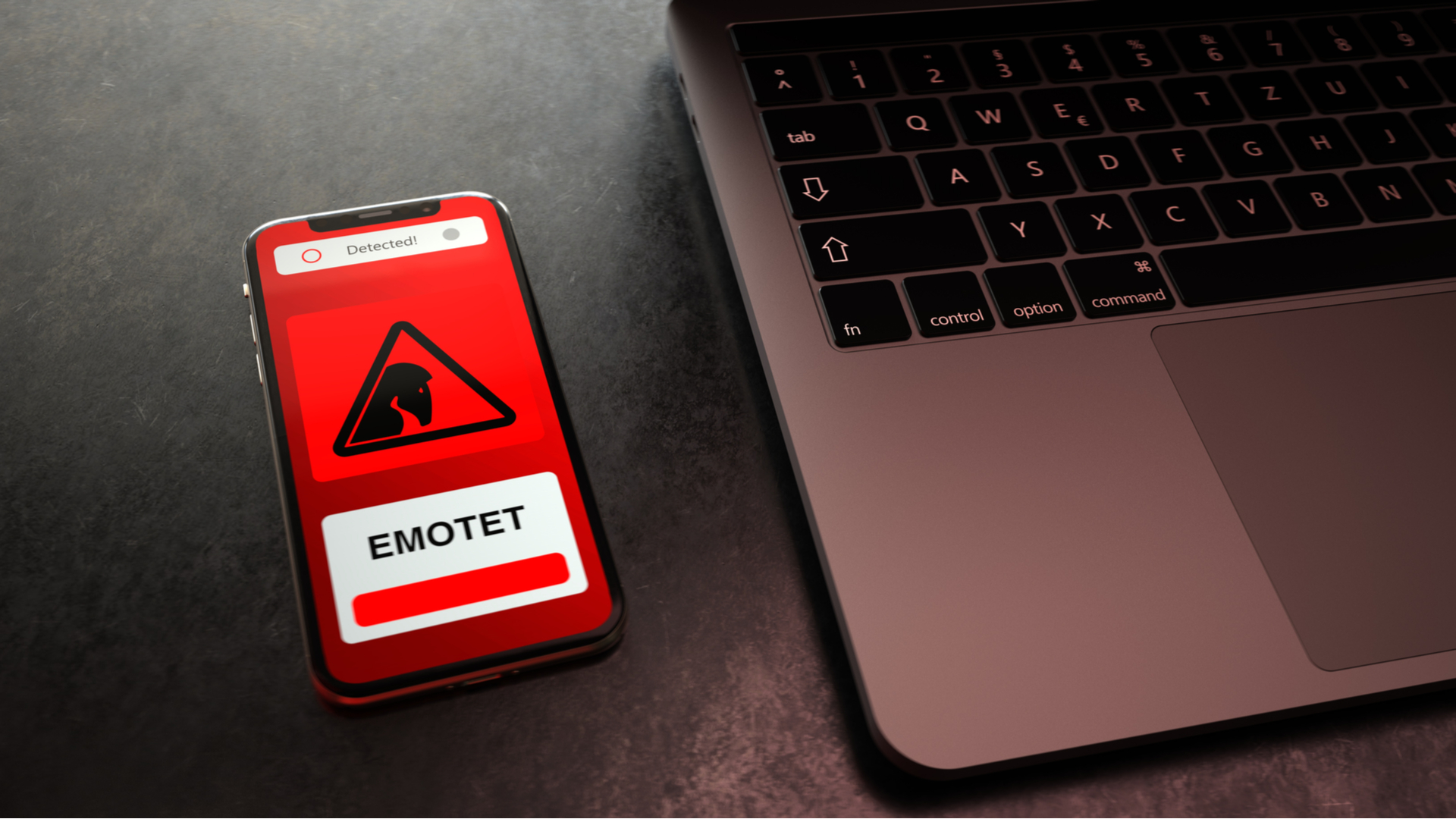Brand-new Emotet campaign socially engineers its way from detection
This latest resurgence follows a three-month hiatus and tricks users into re-enabling dangerous VBA macros


The Emotet botnet has returned for a fresh campaign deploying various tactics such as binary padding and social engineering to evade security defences.
Organisations have been warned to remain vigilant amidst a fresh wave of Emotet spam activity that has surged since the start of the year, following a three-month period of low activity.
The acceleration in attacks has been driven by the resurgence of the ‘Epoch 4’ botnet, which has been used to deliver malicious documents attached to seemingly legitimate emails.
This latest iteration of Emotet was found to mimic replies in existing email chains and threads, duping users into believing the malicious content was from a previous conversation.
“These types of emails are often paired with social engineering techniques that are designed to get recipients to click on a link or download an attachment containing malware,” Trend Micro said in a blog post.
New Emotet campaign: How does it work?
Malicious emails in this latest Emotet campaign were found to contain a .zip attachment. Once opened, this delivers a Word document that dupes the user into enabling a malicious macro, researchers said.
Although Microsoft disabled VBA macros in Windows by default in 2022, Emotet's malicious documents "deploy social engineering techniques to trick users into enabling macros to allow the attack to proceed as intended".
Sign up today and you will receive a free copy of our Future Focus 2025 report - the leading guidance on AI, cybersecurity and other IT challenges as per 700+ senior executives
Finally, once enabled this macro downloads a malicious payload (DLL) to infect the device.
A key concern in this campaign is that this iteration of Emotet uses large file sizes to bypass security scans and endpoint protection processes. Each malicious email includes a 600kb zip file which contains a Word document of over 500mb, researchers said.
Binary padding isn't an uncommon method of malware obfuscation. It attempts to exploit the file size limitations in security products by inflating the malicious payloads' file sizes - a method which can trick scanning tools into bypassing the file altogether.
“Malicious actors use zip compression to transport the relatively small files via email and HTTP, before decompression is used to inflate the files to evade security solutions. Finally, reconnaissance activities are performed either via IP configs or through the affected machine’s system information,” researchers said.
Emotet remains resilient and dangerous
Trend Micro researchers said the Emotet resurgence shows that it remains a “prolific and resilient” threat for organisations globally.
The botnet has survived previous takedowns led by law enforcement, including a notable disruption of its infrastructure in 2021.
RELATED RESOURCE

In this instance, a joint operation between Europol and international law enforcement agencies from the UK, US, and France seized control of several hundred servers. The takedown granted a reprieve for hundreds of victims infected with malware.
While this appeared to put a major dent in the operation, within a year researchers observed another resurgence of the botnet, revealing that its infrastructure had “almost doubled” in the space of a few months.
Research from Proofpoint in November 2022 found that after another hiatus period, Emotet was responsible for hundreds of thousands of daily attacks, once again securing its place as a “primary facilitator” of malware delivery.
Trend Micro suggested that organisations will continue to face growing threats from Emotet in the coming months, noting that “it would not be surprising to see it evolve further in future attacks” by employing alternative malware delivery methods.
Threat actors are also expected to adopt new evasion techniques and integrate “additional second and even third-stage payloads into its routine”.

Ross Kelly is ITPro's News & Analysis Editor, responsible for leading the brand's news output and in-depth reporting on the latest stories from across the business technology landscape. Ross was previously a Staff Writer, during which time he developed a keen interest in cyber security, business leadership, and emerging technologies.
He graduated from Edinburgh Napier University in 2016 with a BA (Hons) in Journalism, and joined ITPro in 2022 after four years working in technology conference research.
For news pitches, you can contact Ross at ross.kelly@futurenet.com, or on Twitter and LinkedIn.
-
 IBM Sovereign Core targets AI and cloud data residency gains for European enterprises
IBM Sovereign Core targets AI and cloud data residency gains for European enterprisesNews The new IBM Sovereign Core service allows organizations to build, manage, and deploy their own AI-ready sovereign workloads
-
 Keepit bolsters partner-first strategy with new-look global channel team
Keepit bolsters partner-first strategy with new-look global channel teamNews The SaaS backup and recovery vendor has consolidated its global channel leadership to accelerate partner-led growth
-
 Europol hails triple takedown with Rhadamanthys, VenomRAT, and Elysium sting operations
Europol hails triple takedown with Rhadamanthys, VenomRAT, and Elysium sting operationsNews The Rhadamanthys infostealer operation is one of the latest victims of Europol's Operation Endgame, with more than a thousand servers taken down
-
 Seized database helps Europol snare botnet customers in ‘Operation Endgame’ follow-up sting
Seized database helps Europol snare botnet customers in ‘Operation Endgame’ follow-up stingNews Europol has detained several people believed to be involved in a botnet operation as part of a follow-up to a major takedown last year.
-
 Horabot campaign targeted businesses for more than two years before finally being discovered
Horabot campaign targeted businesses for more than two years before finally being discoveredNews The newly-discovered Horabot botnet has attacked companies in the accounting, investment, and construction sectors in particular
-
 Microsoft says “it’s just too difficult” to effectively disrupt ransomware
Microsoft says “it’s just too difficult” to effectively disrupt ransomwareNews The company details its new approach to combatting cyber crime as the underground industry drains $6 trillion from the global economy
-
 Beating the bad bots: Six ways to identify and block spam traffic
Beating the bad bots: Six ways to identify and block spam trafficIn-depth Not all traffic is good. Learn how to prevent bad bots from overrunning your website
-
 Ukraine's vigilante IT army now has a DDoS bot to automate attacks against Russia
Ukraine's vigilante IT army now has a DDoS bot to automate attacks against RussiaNews The 270,000-strong IT Army of Ukraine will now combine supporters' cloud infrastructure to strengthen the daily attacks against their invaders
-
 Microsoft's secure VBA macro rules already being bypassed by hackers
Microsoft's secure VBA macro rules already being bypassed by hackersNews Recent analysis of Emotet activity has revealed a shift away from malicious Office documents to drop malware
-
 Emotet infrastructure has almost doubled since resurgence was confirmed
Emotet infrastructure has almost doubled since resurgence was confirmedNews Researchers confirm the infrastructure has also been upgraded for a "better secured", more resilient operation